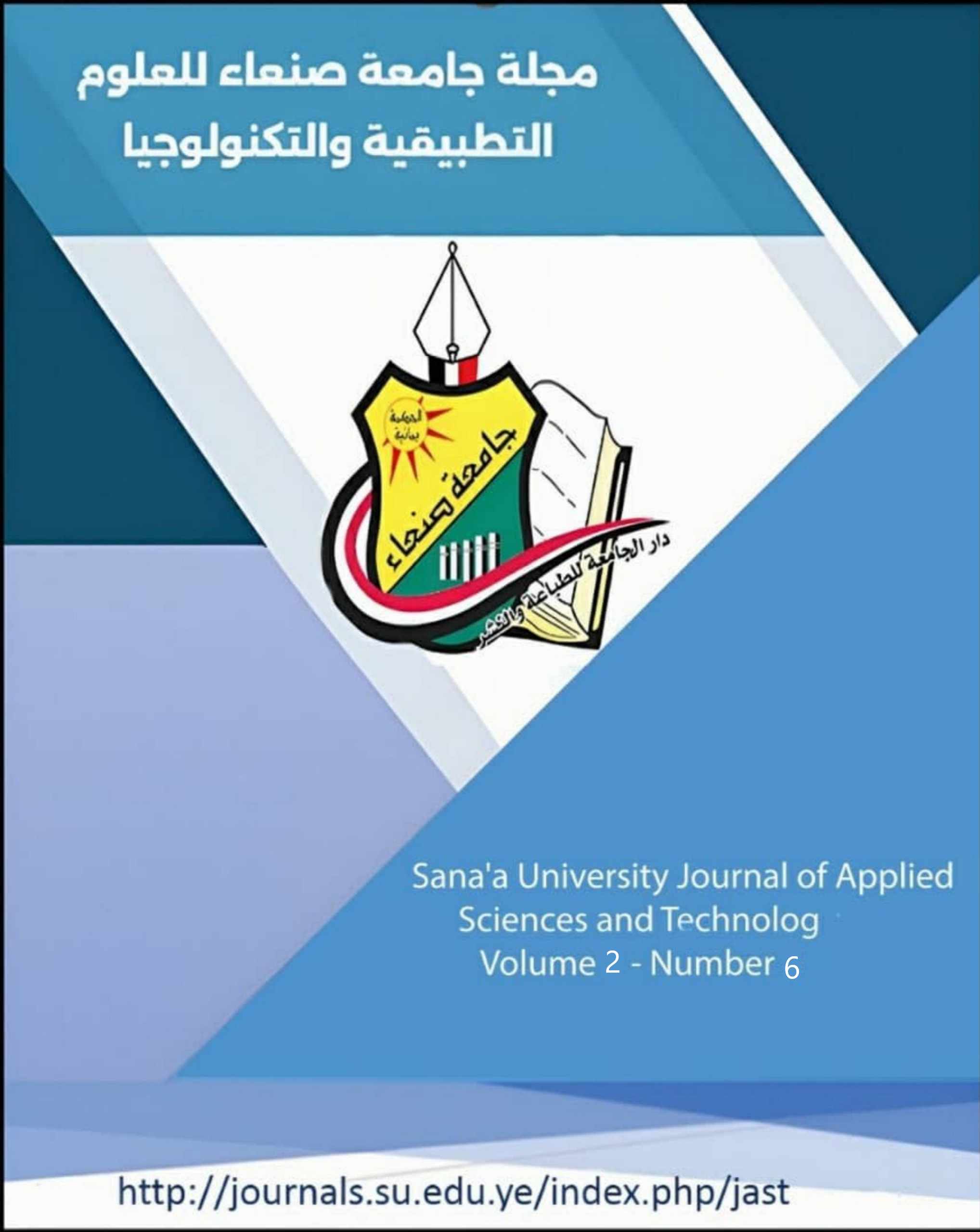Prevalence, Risk Factors, and Haemato-Biochemical Changes Associated with Colic in Horses in Sana’a Province, Yemen
الكلمات المفتاحية:
Horses، Colic، Sana’a، Prevalence، Risk factors ، Hematological ، Biochemicalالملخص
Background: Colic is a major health problem in controlled horse populations globally. It is a multifactorial and complex disorder. In Yemen, the prevalence, risk factors, and results of horse colic are unclear. Objectives: The current study aimed to determine the prevalence, risk factors, and haemato-biochemical changes associated with colic in horses in Sana’a, Yemen. Methods: A prospective study was conducted from September 2023 to February 2024. A total of 254 horses were examined under field conditions. Colic was identified based on physical examination, clinical symptoms, and rectal examination. A questionnaire was distributed to the horse owners to assess the risk factors while the clinical examination was performed, and blood samples were obtained to estimate the haemato biochemical parameters in horses with colic. Results: out of a total of 254 horses, the overall prevalence of colic in horses was found to be 11.81% (30 cases) and of these, 73.3% had spasmodic colic whereas 26.7% had impaction. The Means of respiration rate, pulse rate, and capillary refill time were significantly increased in horses affected with colic than healthy control animals (P<0.05). The horses with colic showed a significant association between cases with age (p<0.098), gender (p<0.023), deworming frequency (p<0.001), and previous exposure to colic (p<0.001). In hematological indices, the mean packed cell volume in horses with colic was found to be dramatically increased (P<0.0001), while the means of total platelet count, lymphocyte count, and neutrophil count were found to be significantly decreased (P<0.001). Serum biochemical indices, including aspartate aminotransferase, alanine aminotransferase, blood urea nitrogen, creatinine, glucose, albumin, total protein, and alkaline phosphate, were significantly higher in horses with colic compared to healthy controls (P<0.0001). Conclusions: This is the first study that documented the prevalence of colic in horses and identified risk factors and haemato-biochemical changes associated with colic in Sana’a province, Yemen. This information is a crucial first step in understanding the impact of colic in horses and developing ways to reduce the risk of colic.
التنزيلات

منشور
كيفية الاقتباس
إصدار
القسم
الحقوق الفكرية (c) 2024 Abdulraqeb Alshami, Saleh A. M. A. ALomaisi, Abdu-Alraoof Al-shawkany, Hamid Ali Alrefaiey, Aziz Sharaf Al azazi, Muhammad Dhifallah Tahir, Faisal Al-sharabi

هذا العمل مرخص بموجب Creative Commons Attribution-NonCommercial-NoDerivatives 4.0 International License.
